Once a land dominated by half-ton pickups, sedans with snow tires, and trusty crossovers, the Great White North is now showing an appetite for changes that not even the most caffeinated analysts could predict. Whether driven by tariffs, environmental policies, tech breakthroughs, or just good old-fashioned consumer whimsy, these trends have crept up faster than a squirrel on a Timbit. Here are 20 Canadian car trends that blindsided the experts like black ice in April.
The Rise of the Micro-EV
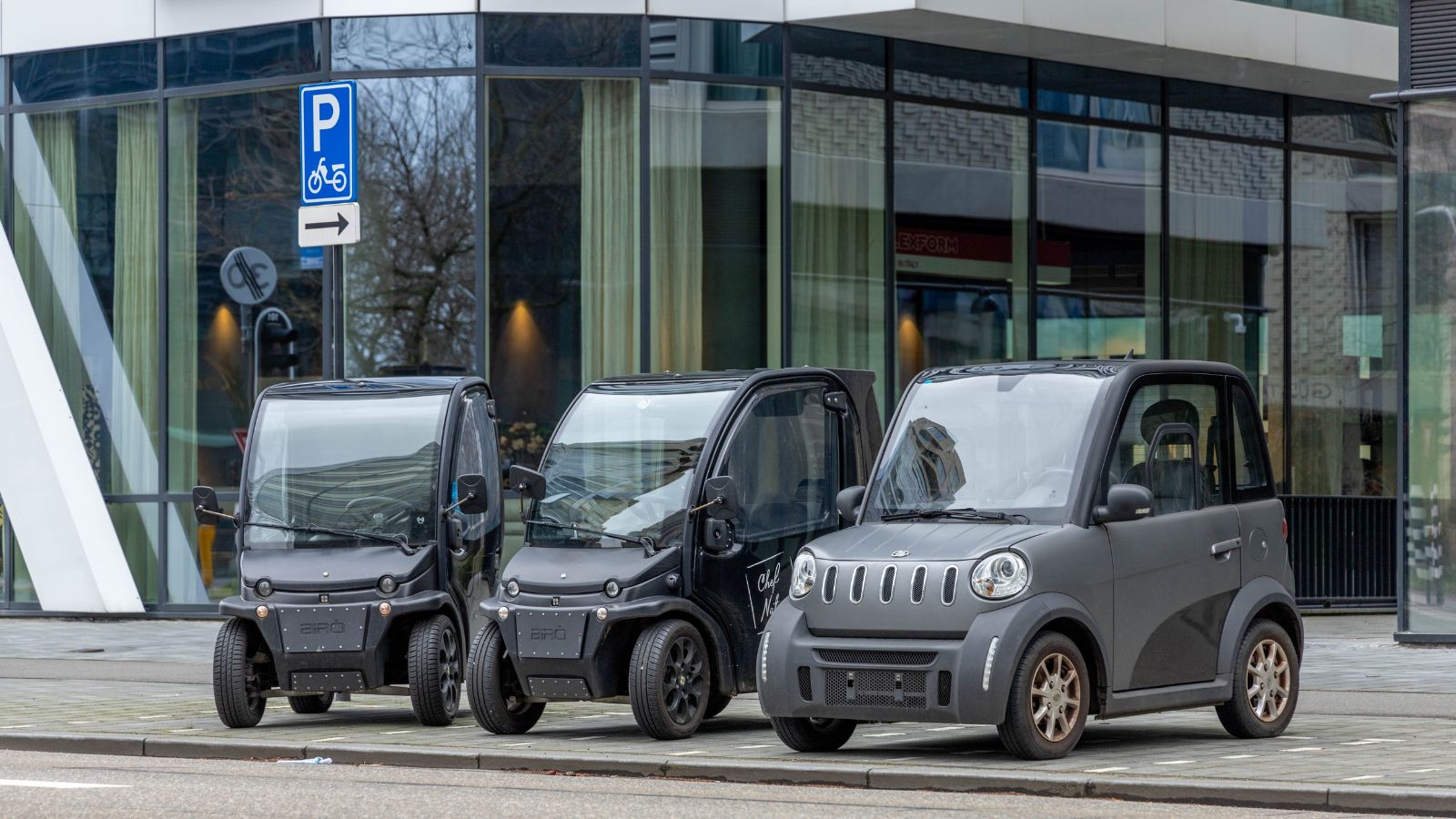
Micro-EVs, compact quadricycles, and similar mini-EVs saw their global market grow from US$8.1 billion in 2023 to an expected $9.0 billion in 2024, with projected expansion to $22.5 billion by 2032, representing a compound annual growth rate (CAGR) of ~12.1%. North America led the way in 2023 with a 40% share, primarily driven by urban demand for nimble and efficient vehicles. In Canada, rising urban congestion, a focus on sustainability, and government incentives have spurred mainstream interest beyond niche markets. Quebec, with its ultra-EV-friendly infrastructure, is leading the charge.
Trucks Going Luxe
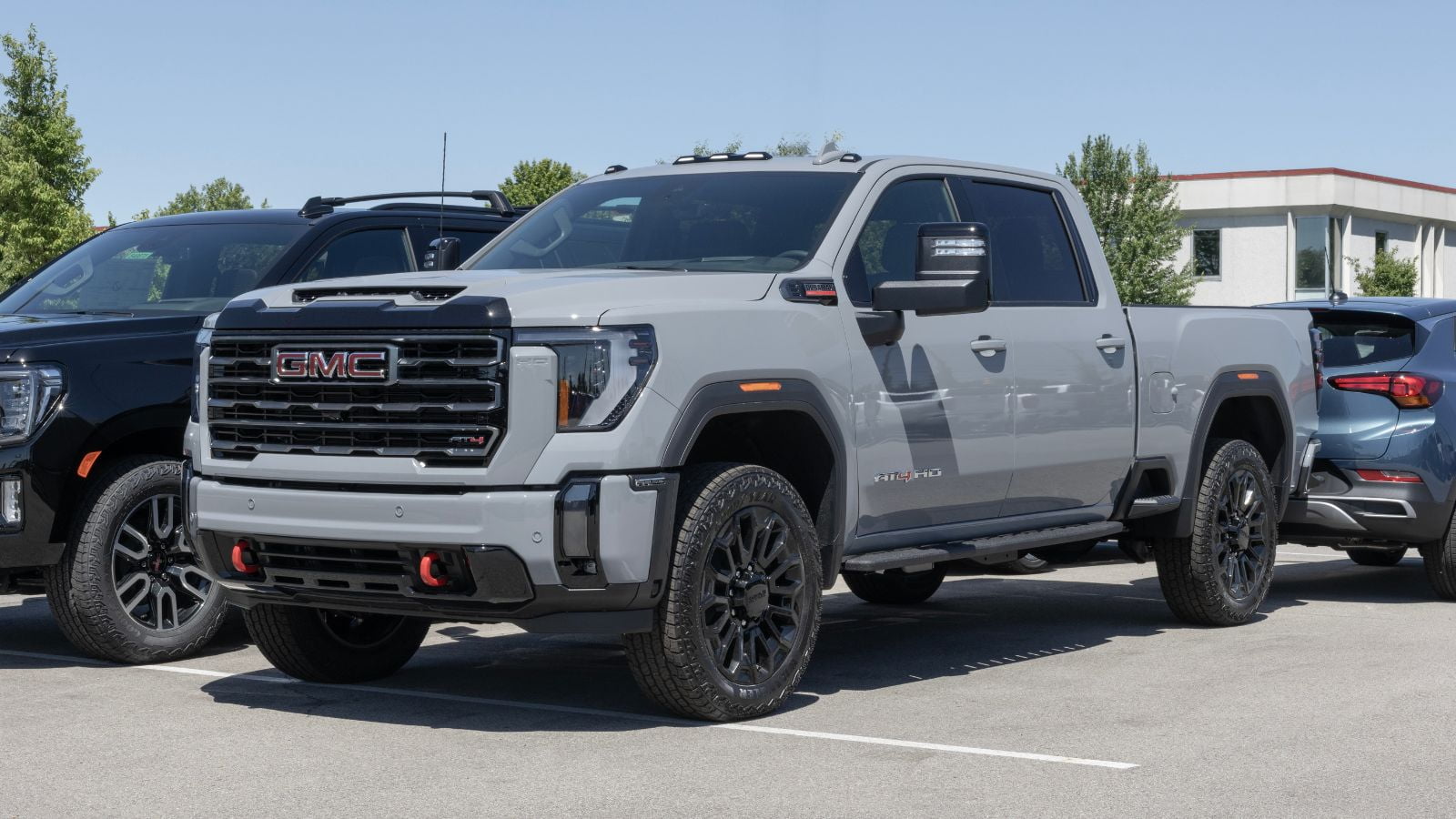
The days when a pickup truck was just a utilitarian workhorse are long gone. Gear Patrol reports that full-size pickups consistently top $60,000, driven by their increasing size, power, and technological content, featuring advanced coil-spring suspensions and powerful turbocharged V6s that can pack up to 437 hp. Plus, in Canada, where pickups are already strong sellers, the luxury‑truck surge wasn’t predicted, but now clearly reflects buyers’ shifting expectations—valuing sophistication as much as capability—transforming work rigs into weekend retreats in under two years.
Plug-in Hybrids Becoming the Family Favourite
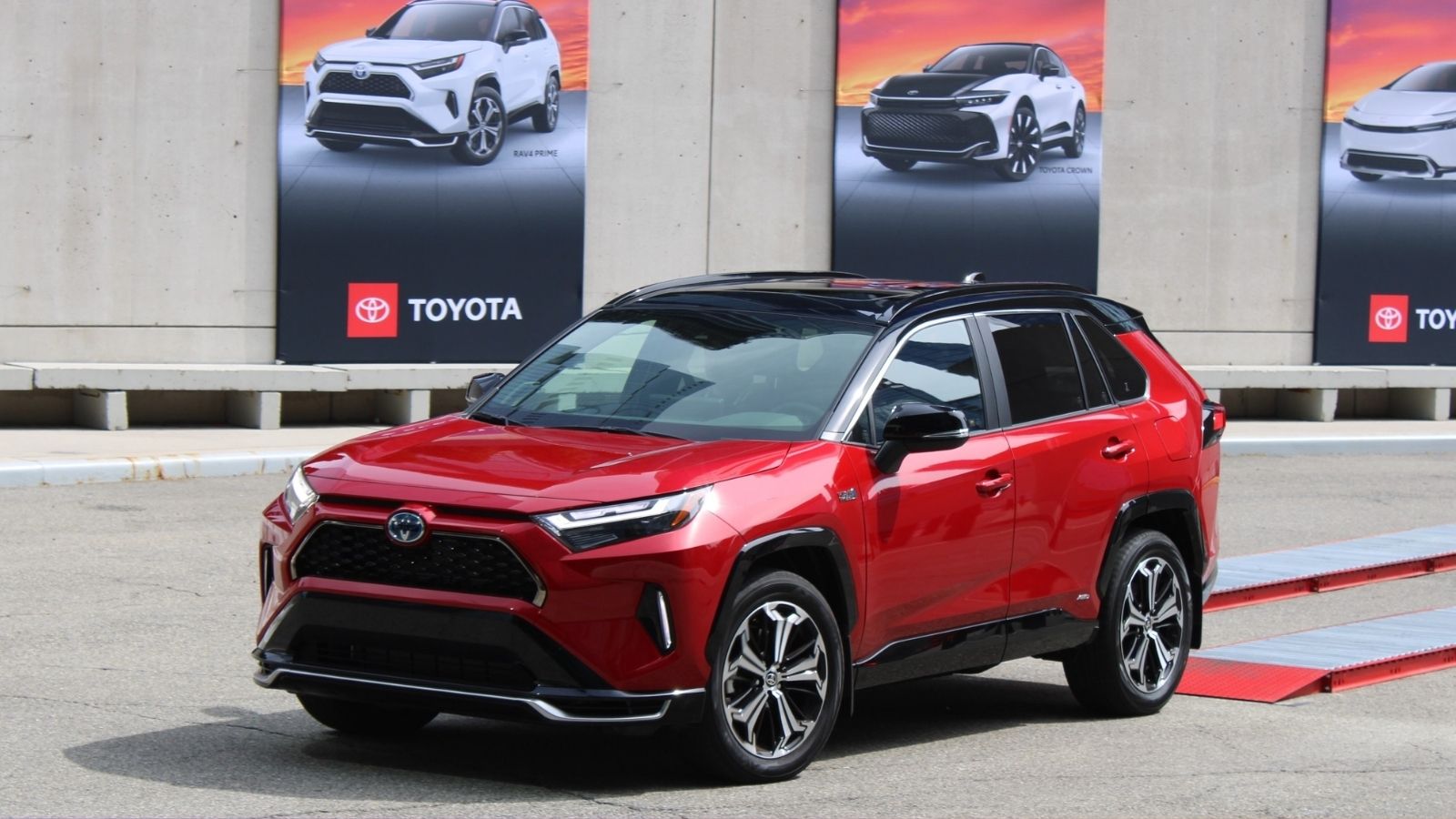
Full EVs are still climbing in popularity, but plug-in hybrids (PHEVs) like the Toyota RAV4 Prime and Mitsubishi Outlander PHEV are skyrocketing. In Q1 2025, zero-emission vehicles—including PHEVs—carried a 9.7 percent market share, with PHEVs maintaining a solid position despite a broader EV slowdown. Experts note that buyers appreciate the reassurance of gasoline fallback alongside a typical 30–60 km electric range, ideal for daily commutes, with lower upfront costs compared to full battery EVs. Quebec’s aggressive incentives (up to C$5,000 for new PHEVs) helped spark early adoption, even before federal iZEV rebates, prompting OEMs to expand PHEV lineups quickly.
Snow Tires on EVs: A Hot Debate
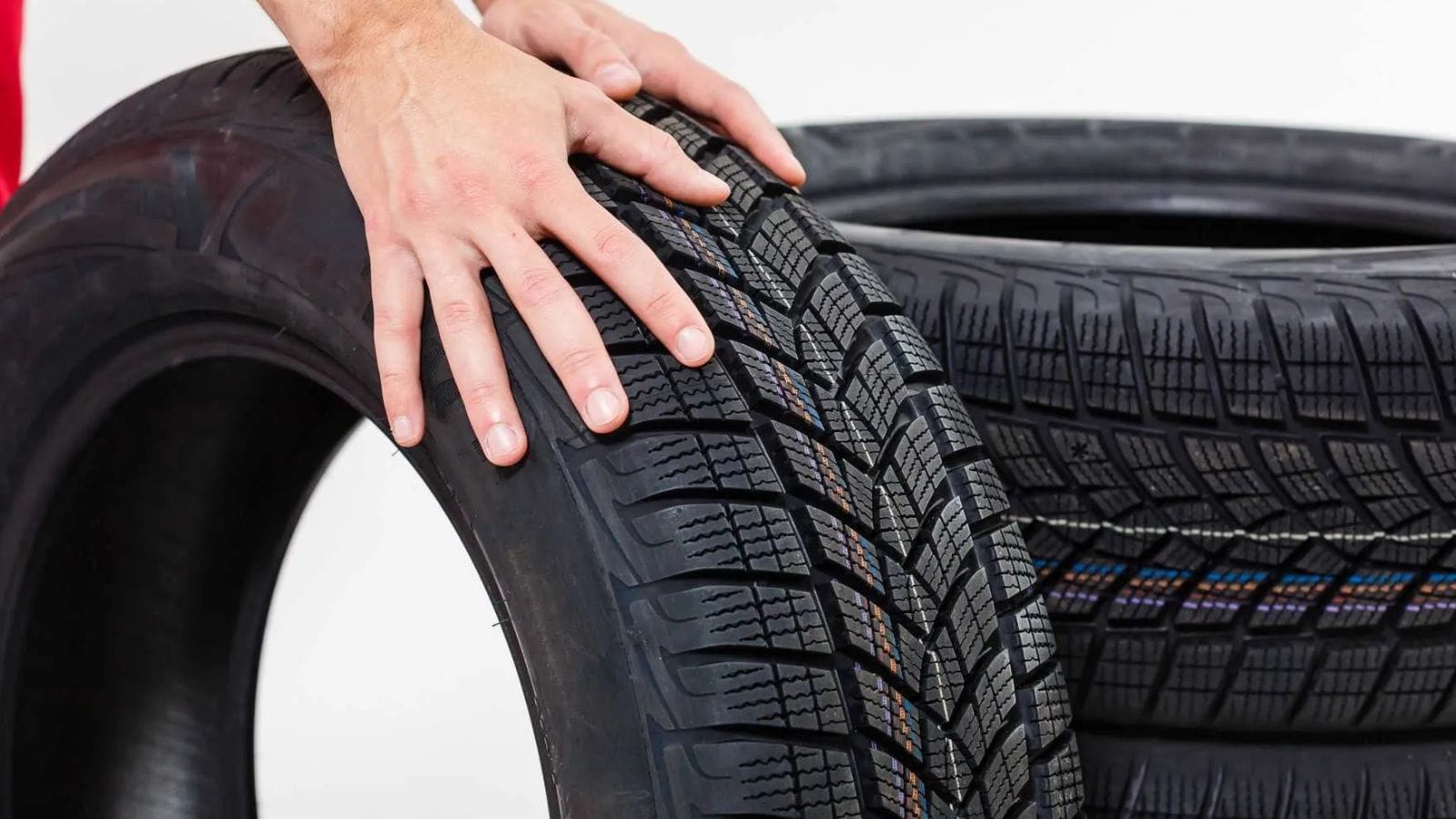
Once a fringe conversation, the debate over how snow tires affect EV range has exploded. Recent Consumer Automobile Association (CAA) testing revealed that EV range drops by 14–39% below official ratings in Canadian winters, with temperatures ranging from -7°C to -15 °C, and Quebec data confirms a 25–45% decrease in extreme cold conditions. A 2023 TRAC study found that 76% of Canadians now use winter tires, primarily driven by concerns for safety and climate change. This trend marks a shift: Canadian consumers are rapidly adopting EV winter setups sooner than anticipated, blending cold-weather performance with efficiency.
Boom in Used Car Imports from the U.S.
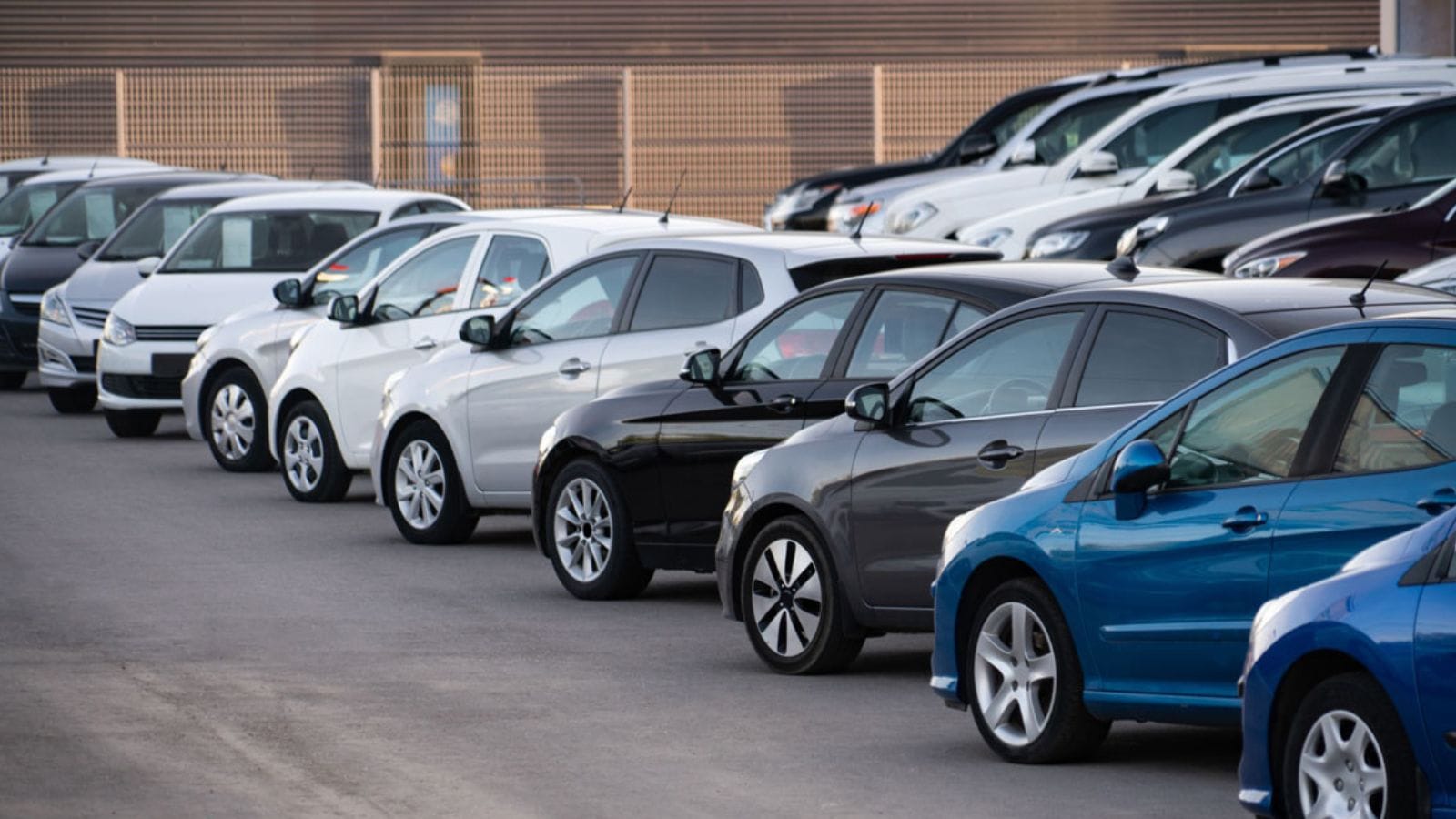
Canada is currently experiencing an unexpected surge in used-car imports from the U.S., catching experts off guard with its momentum. In April 2025, Ottawa imposed a 25 % tariff on non-CUSMA-compliant U.S. vehicles, but a quota exception for Canadian manufacturers allowed a surge in demand for eligible American models. Meanwhile, U.S. new-car prices spiked as a result of Trump’s own 25 % import tariffs, which triggered panic buying and drastically reduced inventories, with one metric showing a drop from 91 to just 70 days’ supply in early April. Dealers and private buyers are both behind the surge.
Subscription Services Instead of Ownership

Car subscriptions, such as Clutch, Roam, and FINN, are gaining traction among urban Canadians. Younger Canadians, like their U.S. counterparts, increasingly prioritize flexibility over ownership: nearly 28 % of consumers aged 18–34 express a preference for subscription models due to their convenience and cost transparency. Experts observe that OEMs and independent providers alike are fast-tracking subscription platforms—many now offer delivery within weeks, a stark contrast to months-long vehicle backlogs.
Crossovers Dominating Urban Deliveries
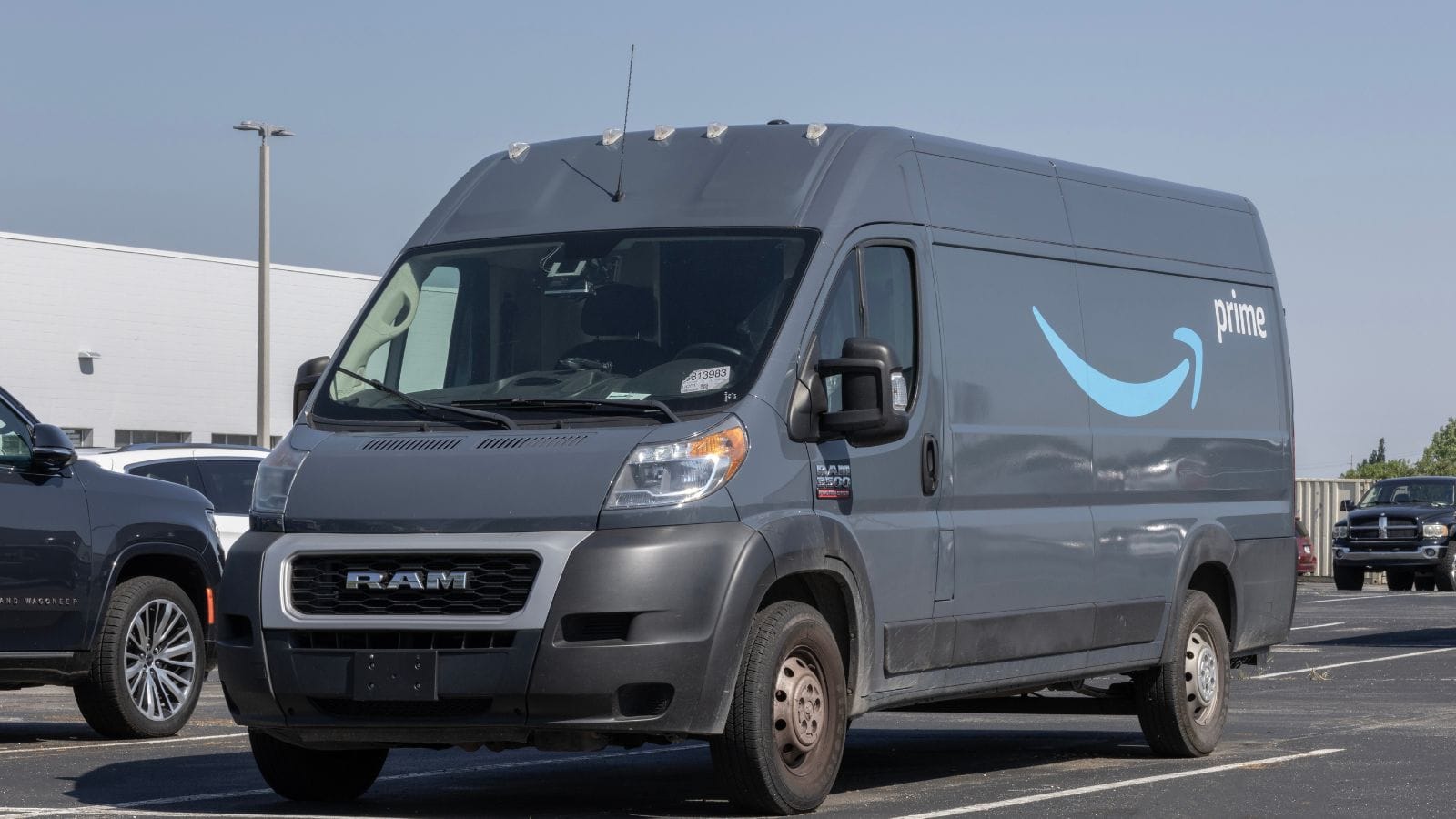
It used to be vans and compact trucks doing the grunt work for gig delivery drivers. Several major logistics providers, including GoBolt, are now adopting electric crossover-style vans to meet rising demand for faster, greener delivery services in congested cities like Toronto and Vancouver. Meanwhile, BrightDrop’s Zevo 600 electric van—built on a unibody platform similar to a crossover—is being trialed by FedEx, offering a 250-mile range and improved package handling thanks to its Trace electric pallet system. These vehicles bring up-sized cargo space, urban maneuverability, and lower total cost of ownership.
EV Charger Sharing on the Rise
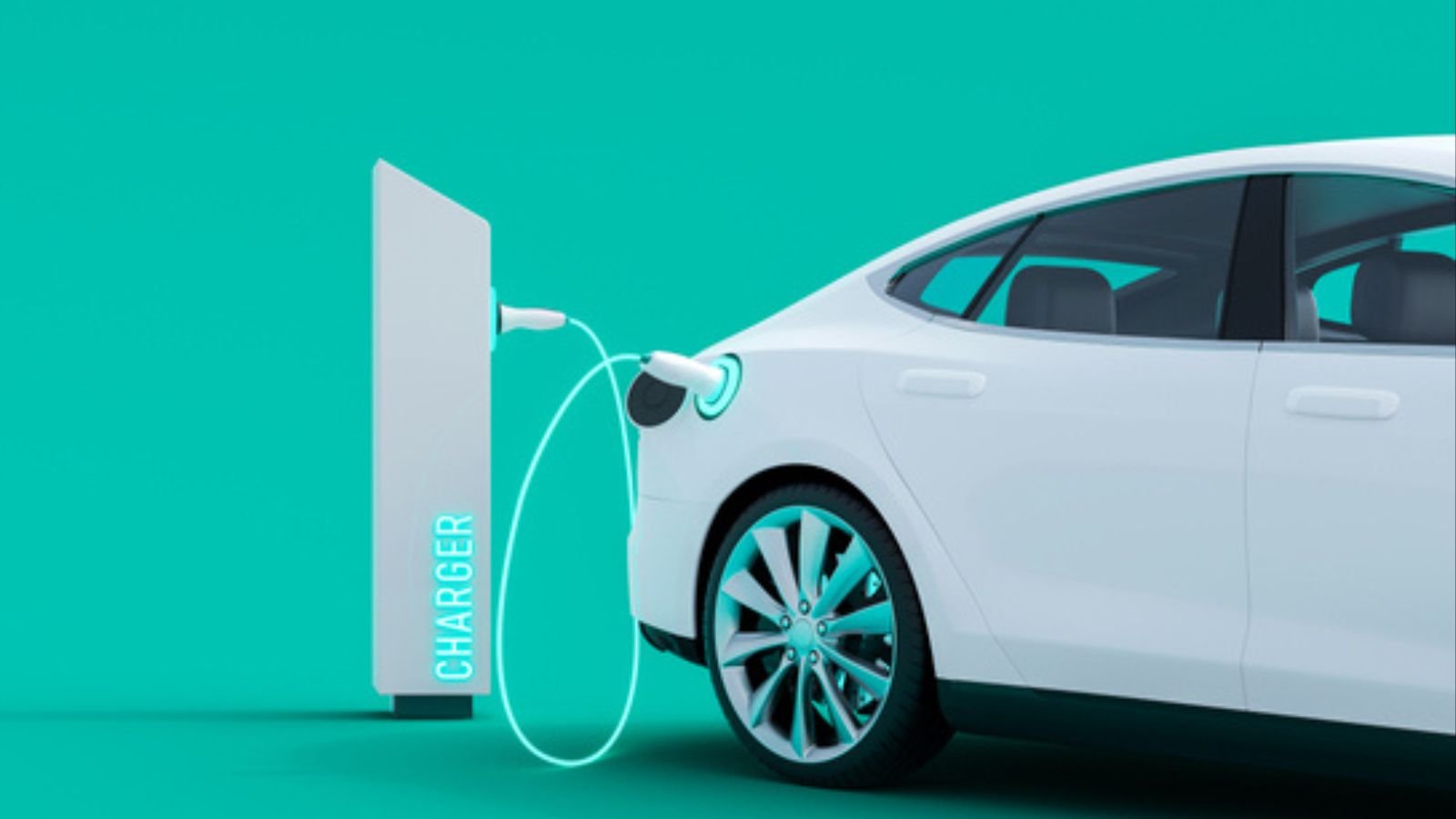
Platforms like PlugShare and ChargeHub are enabling Canadian EV drivers to rent or share their home chargers. As condo dwellers fight over limited infrastructure, community-based charging networks are filling the gap. FLO added nearly 3,000 chargers (both Level 2 and DC fast), while Electrify Canada surpassed 100 stations with 150–350 kW capacity and committed to NACS adoption by 2022. Experts say this platform-neutral trend—where OEM no longer silos chargers—accelerates EV adoption by reducing range anxiety and underutilization.
Insurance Incentives for Safe Tech Adoption

Major insurers, such as Intact and Desjardins, are offering significant discounts for vehicles equipped with ADAS (Advanced Driver Assistance Systems). Programs like Allstate Drivewise, Travelers’ IntelliDrive, and Aviva Journey reward cautious driving habits—such as smooth braking, speed compliance, and low-risk driving times—with premium discounts of up to 30%. According to Ratehub, top UBI providers like Intact MyDrive and Desjardins Ajusto offer enrollment discounts plus up to 25–30% off renewal premiums based on performance. Recent Travelers Canada research also found that users demonstrating safe driving behaviors via IntelliDrive could reduce their premiums by 30%.
Manual Transmissions as Status Symbols

Believe it or not, younger Canadians are embracing stick shifts. Once considered old-school or inconvenient, the manual is now a badge of enthusiast honor—proof that the driver “gets it.” Dealers from Toronto to Calgary report increased waitlists for stick-shift trims, often outselling their automatic counterparts in enthusiast models. Partly driven by TikTok trends that glorify “driver engagement” and partly by the scarcity of manuals themselves, the humble clutch pedal has evolved into a flex. It’s ironic, but in 2025, knowing how to drive stick is suddenly cool again.
The Resurgence of Wagons
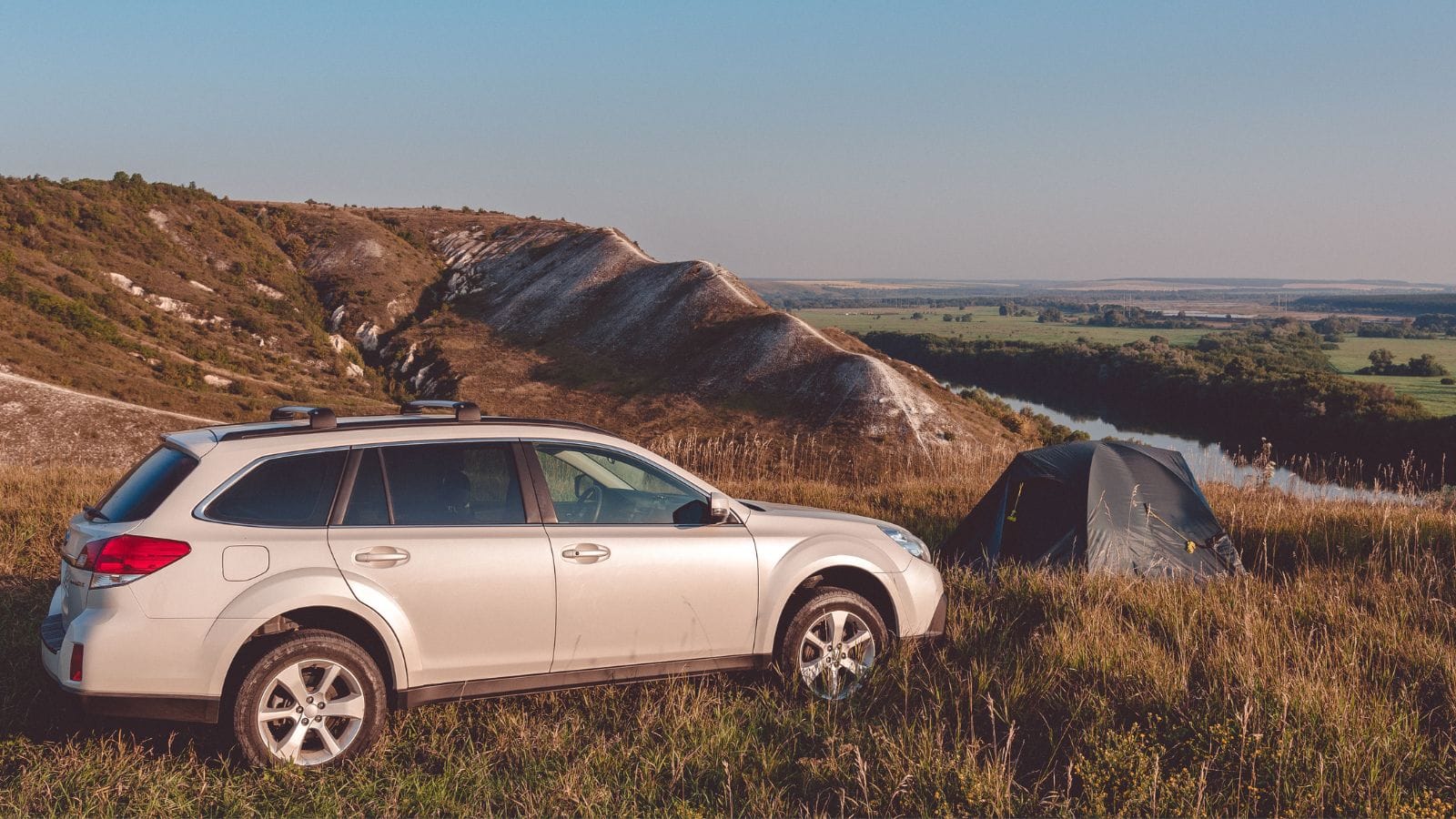
After years of decline, wagons are making a comeback thanks to models like the Audi A4 Allroad and Subaru Outback Wilderness. In Canada, the trend is being driven by affluent, educated buyers seeking a practical yet distinctive vehicle alternative. According to Focus2Move, overall Canadian auto sales surged 8.9% through May 2025, with EVs rising 16.5%, reflecting broader consumer enthusiasm for diverse vehicle formats. Industry analysts now acknowledge that this revival is accelerating faster in Canada than anticipated.
Dealer Consolidation Frenzy

Corporate mega-dealers, such as AutoCanada and the Dilawri Group, are acquiring smaller dealerships across provinces. Higher interest rates, which have recently eased, are boosting small-business investment, prompting both U.S. and Canadian dealership groups to pursue cross-border expansion. Bank of America reports that the top 150 dealership groups now control approximately a quarter of U.S. retail sales. At the same time, private equity and family offices enter the market, attracted by robust profits and scalable operations. Plus, in Canada, regulatory momentum and stabilized M&A financing are encouraging mid-market deals, driving significant consolidation during 2024–25. Local, family-owned lots are vanishing.
Short-Term Leases Getting Shorter

Thanks to uncertainty over tariffs and tech upgrades, Canadians are moving toward 12- to 18-month leases, particularly for EVs and hybrids. A recent Clutch Canada guide notes that while traditional leases ran 3–5 years, a growing number now opt for 1–2‑year terms to upgrade vehicles and avoid long-term commitments quickly. Lease companies like MyCarDirect and Foss National now routinely offer leases as short as one month up to two years, responding to consumer and business needs for flexibility.
Boom in Home EV Charger Installations
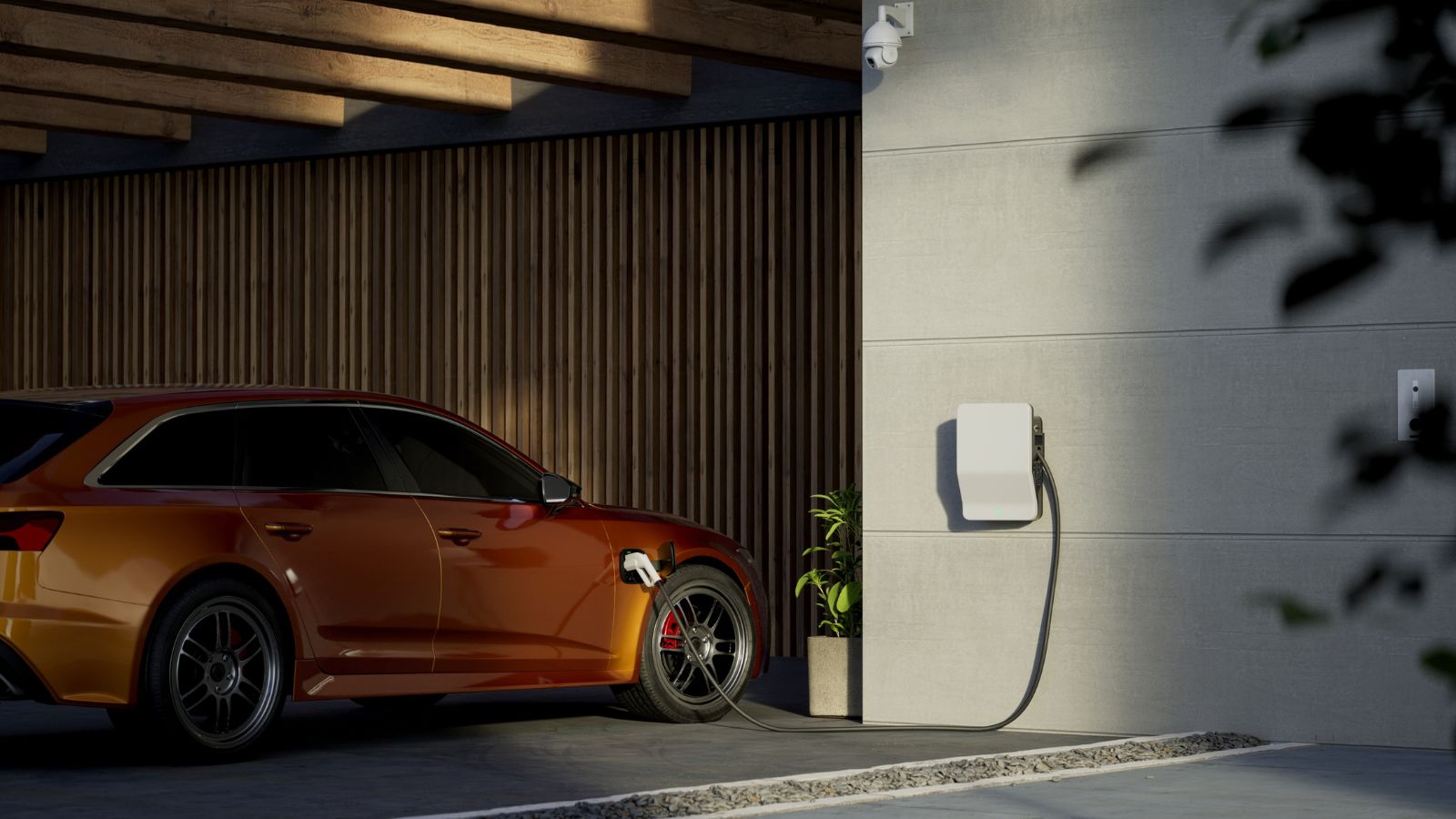
With more people working from home and EV sales spiking, home charger installations rose 78% year-over-year. Provincial rebates (such as B.C.’s $350 bonus) and growing awareness of Level 2 charging speeds have helped the trend snowball. Meanwhile, forecasts from Natural Resources Canada suggest Canada is on track to exceed 33,500 public ports by 2026, further fueling confidence in EV adoption. Additionally, in densely populated multi-unit buildings, new bylaws mandating EV-readiness are also nudging private installations upward.
Factory-Installed Dash Cams

Once a purely aftermarket choice, dash cams are now being offered as factory options on cars like the Tesla Model 3, Hyundai Palisade, and even the new Honda CR-V, which include front, rear, and parking-surveillance recordings, even when the vehicle is off. While overall Canadian penetration of dash cams remains around 10–11%, dual-camera setups alone represented a CAD 1.2 billion market in 2024, projected to reach CAD 3.5 billion by 2033 with a CAGR of ~12.5%.
Eco-Driving as a Taught Skill

Several provinces have started incorporating eco-driving techniques into their driver education programs. Meanwhile, Canada’s SmartWay “eco‑driver” e‑learning, part of a 30-year national freight initiative, emphasizes a robust curriculum, real-time telematics feedback, and fleet-wide adoption—an unexpectedly rapid shift toward structured eco‑driving education. Academic reviews confirm that well-designed programs can reduce fuel use by 5–32 %, although sustaining long-term impact requires interactive coaching, incentives, and follow-up.
The Great Paint Colour Rebellion

Canadian buyers are ditching grays and whites for bold, expressive car colors. Mazda’s Soul Red, Toyota’s Electric Lime, and BMW’s Isle of Man Green are increasingly popular. According to Axalta’s Global Automotive Color Popularity Report, sales of vibrant hues like forest green, burnt orange, and even lilac have surged in provinces like British Columbia and Quebec. Automakers from Hyundai to Mazda have responded by expanding their color palettes, with Ford reintroducing “Grabber Blue” and Toyota launching its Corolla in a wildly popular “Inferno” orange.
Retro-Inspired SUVs
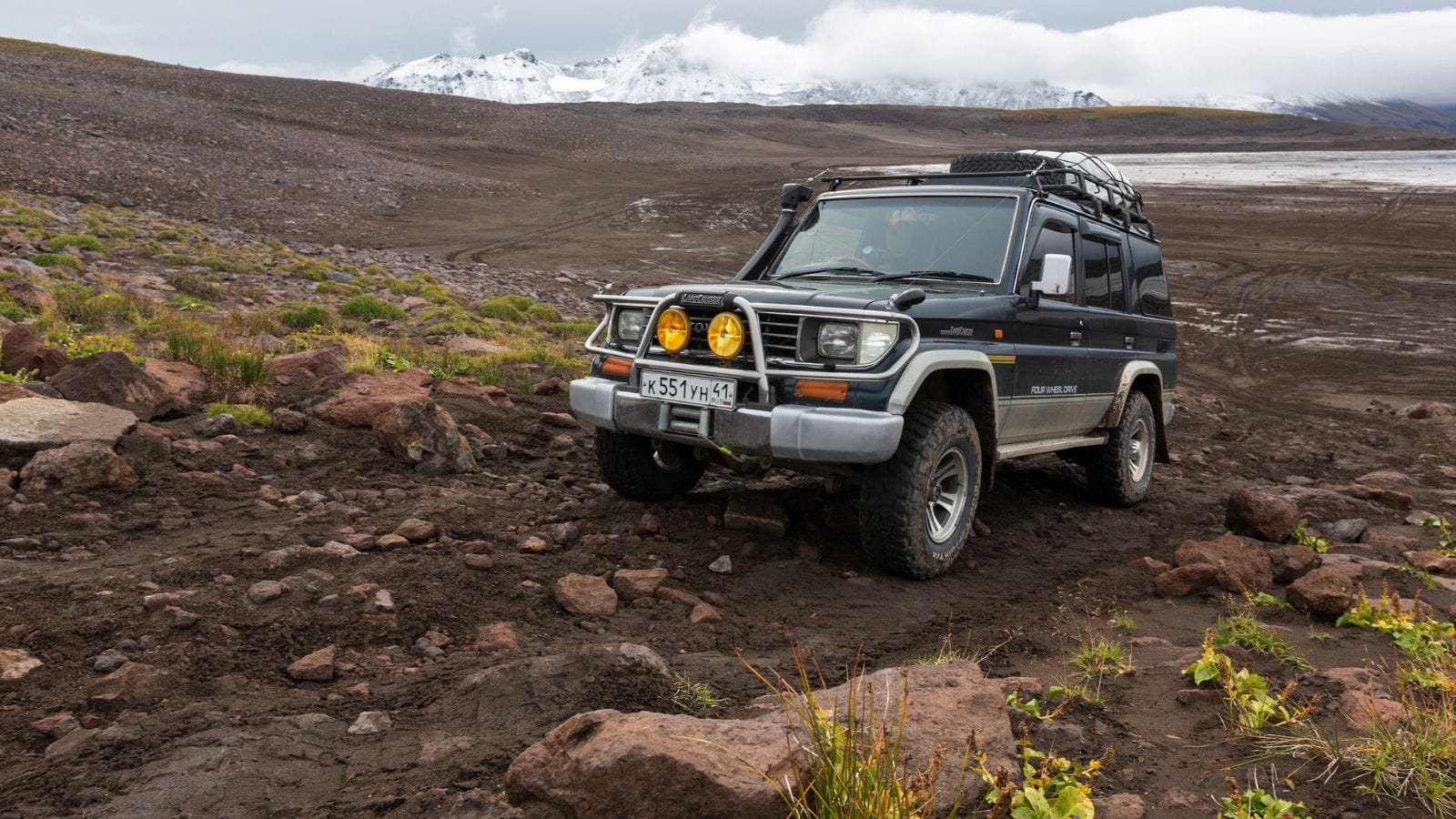
SUVs with old-school charm like the Ford Bronco, Toyota Land Cruiser (yes, it’s coming back), and Hyundai Ioniq 5 (with its ’80s pixel vibes) are in hot demand. Millennials, now a dominant car-buying demographic, are drawn to rugged designs reminiscent of their youth—think 1960s Broncos or 1980s Land Cruisers—but reimagined with modern tech and comfort. This year, vehicles like the Ford Bronco, Toyota Land Cruiser, and Land Rover Defender have debuted with retro styling cues—boxy silhouettes, visible hinges, and solid-axle hints—paired with up-to-date safety, infotainment, and drivetrain systems.
Rural Canada Embracing EVs

Contrary to expectations, EV adoption in rural areas is growing. While urban areas still dominate EV uptake—with British Columbia, Ontario, and Quebec accounting for over 92 % of new registrations in 2024—rural regions are catching up faster than anticipated. Range anxiety is fading thanks to improved battery performance (averaging 300 km per charge even in cold climates) and a rapid build-out of over 12,000 public charging sites, on par with the number of gas stations.
DIY Upfits on the Rise

Vanlifers, campers, and delivery drivers alike are embracing DIY upfits. With the average age of Canadian light vehicles now at a record 10.8 years, owners face mounting maintenance needs, prompting them to adopt cost-saving self-upgrade strategies. The pandemic further fueled this movement, as more time at home meant that more people took on repairs and upfits themselves. Meanwhile, easy-to-use diagnostic tools, online tutorials, and aftermarket parts have made DIY upfits more feasible than ever.
25 Facts About Car Loans That Most Drivers Don’t Realize

Car loans are one of the most common ways people fund car purchases. Like any other kind of loan, car loans can have certain features that can be regarded as an advantage or a disadvantage to the borrower. Understanding all essential facts about car loans and how they work to ensure that you get the best deal for your financial situation is essential. Here are 25 shocking facts about car loans that most drivers don’t realize:
25 Facts About Car Loans That Most Drivers Don’t Realize
